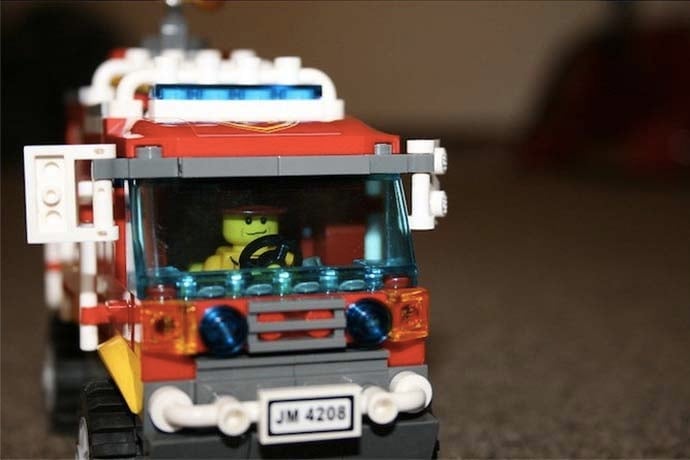In late 2019, the world began to feel the effects of a new threat: the coronavirus, also known as COVID-19. The virus quickly proved that it was unlike anything we have met before, as it could spread without showing any ill effects on a carrier. This made personal contact very dangerous, as the virus can spread via touching and coughing.
This meant a lot of businesses had to close for a bit to stop the spread. However, while the coronavirus caused a lot of businesses to slow down, it actually sped up the making of smart devices.
For example, the coronavirus stopped two people living in different houses from talking to one another face-to-face. However, they could call each other via home hubs, which let you do video calls for free over the internet. As such, a lot of people bought home hubs so they could have engaging talks with one another, despite being stuck indoors.
Did you know, however, that the boost to the Internet of Things didn’t stop with stuff that you or your family could buy? Businesses that have to keep working through the epidemic have also found uses for the Internet of Things that makes their life easier.
For instance, imagine two laboratories working together to find a cure for the coronavirus. Sometimes they want to share test samples with one another, so they use a delivery service to send it to the other lab.
Each lab can ensure that they won’t spread the virus via the samples; after all, they’re experts at containing viruses and will keep everything clean. However, what about the delivery person? Maybe they’re not as careful as a laboratory and may spread the virus as they make deliveries?
There are lots of ways to solve this problem, but the simplest one is to not have a human make the delivery at all. That way, all the lab workers need to worry about is the hygiene of the workers at each lab — which is bound to be spotless, given their job!
This is great and all, but how do you make a delivery without a driver? Simple — you make the delivery van drive itself! This is what Mayo Clinic has done during the pandemic. They hired two smart car developers (both with funny names: Beep and NAVYA) to build a shuttle that can transport goods between laboratories.
When a lab wants to make a delivery, it calls the car over and loads it with the goods. The smart car looks different than a regular one, because it’s not transporting people. It looks more like a very compact bus if you removed all the seats from it.
Once the goods are in the shuttle, the lab sends it on its way. The shuttle then drives to the other lab, obeying all the rules of the road as it does. Finally, it arrives at the other lab where the workers can open its doors and take the goods. All the labs need to do is make sure the person holding the goods is nice and clean, and the threat of infection is gone!
As we move forward from the initial wave of coronavirus, keep an eye out for how smart devices are filling in the gaps for humans. While every other business is struggling in these trying times, the IoT space is really booming with some great ideas and inventions. Who knows what else will “become smart” in the coming months?
Learn More
Mayo Clinic driverless cars
https://iottechnews.com/news/2020/apr/07/mayo-clinic-driverless-vehicles-deliver-covid19-tests/
Driverless cars transport COVID-19 Tests
https://www.youtube.com/watch?v=xN-8scaNxqw
COVID-19 and Mining
https://www.mining-technology.com/features/could-covid-19-spark-an-autonomous-revolution-in-mining/
Coronavirus and autonomous vehicles
Coronavirus Self-driving deliveries
Self-driving cars help during lockdown
Autonomous transportation
https://www.lexology.com/library/detail.aspx?g=134be295-0734-4113-87d5-164fd7e30493
Self-driving car
https://en.wikipedia.org/wiki/Self-driving_car
IoT and COVID-19
https://www.iotforall.com/the-growing-role-of-iot-in-covid-19-response/
How IoT can help fight COVID-19
https://www.geospatialworld.net/blogs/how-iot-can-help-fight-covid-19-battle/

